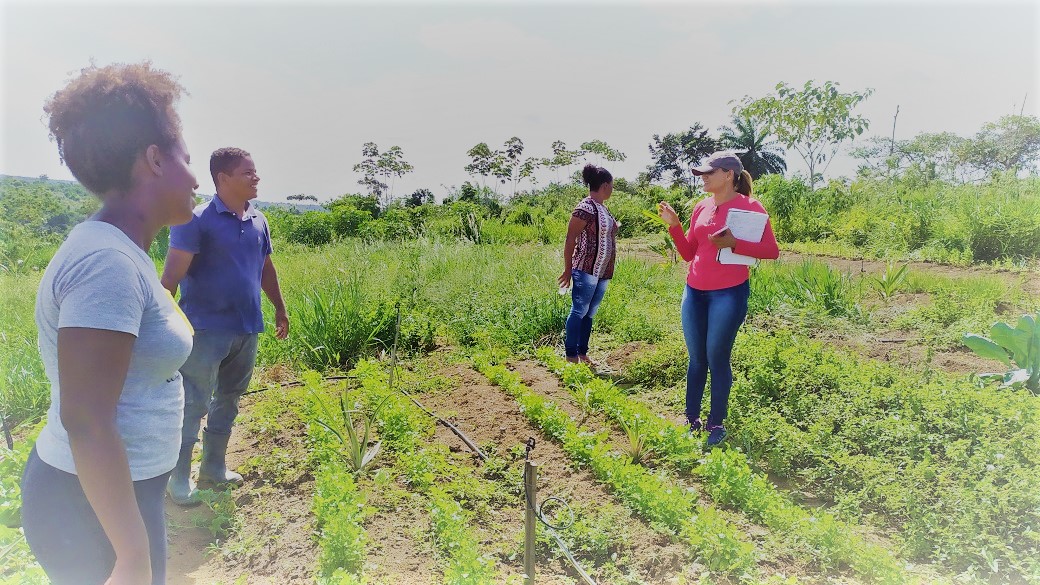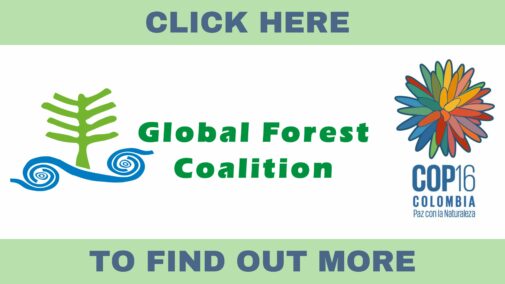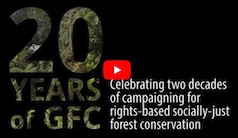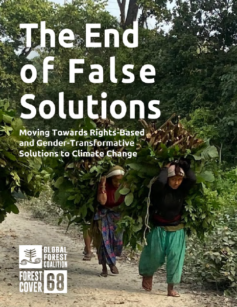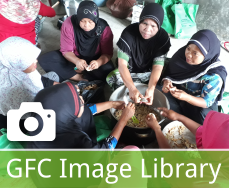The Elephant in the COP15 Negotiations Rooms: Global Tourism and Its Impacts on Biodiversity and Indigenous Peoples
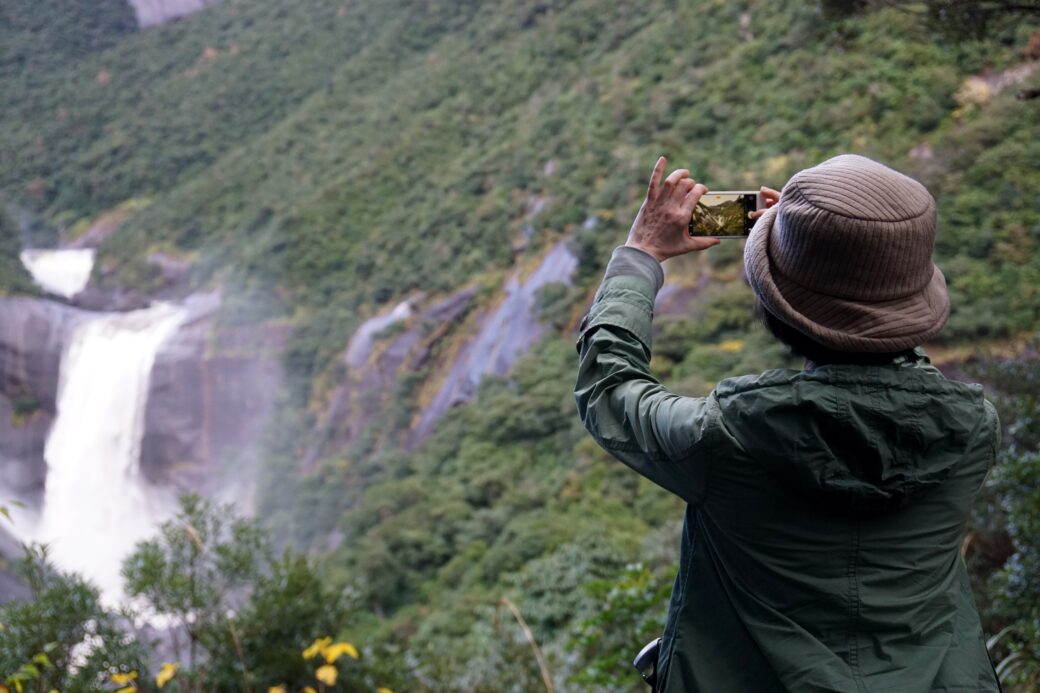
By Souparna Lahiri in ECO
While the World Travel and Tourism Council lobbies at the COP 15 Global Biodiversity Summit with its “Nature Positive Travel and Tourism” report in collaboration with the UN World Tourism Organisation, the multi-billion dollar industry’s impacts on biodiversity and Indigenous Peoples and local communities, especially women, is perhaps the most ignored issue in the corridors of the Palais de Congress.
Wildlife tourism, which generated around 400 billion USD in 2019, has a direct correlation to Target 3 of the draft Global Biodiversity Framework (GBF) on the expansion of protected areas, Target 18 on the elimination of incentives harmful to biodiversity, and Target 19 referring to all sources of finance for resource mobilisation . Add to that the 8% of global carbon emissions that tourism contributes to climate change, and it’s plain to see why changing our approach to global tourism is essential if we are to protect the planet’s biodiversity.
Protected areas are largely funded by revenue generated from both mass tourism and elite tourism, with the majority of profits benefiting governments, tour operators, hotels and airlines. Local communities receive only a pittance. With the GBF’s proposed target of 30% expansion of protected areas by 2030, the cost of the conservation and administration of protected areas will no doubt come from a manifold increase in tourism, with severe implications for the rights of Indigenous Peoples and local communities, their traditional habitats, spiritual and cultural ties, and access to forest resources and livelihoods. Women are the most affected, as access to land and forest resources are increasingly restricted. Millions will be evicted across the world to make way for these protected areas and the conversion of community land into tourism destinations. The increase in tourism and corresponding growth in infrastructure will have harmful effects on biodiversity.
Estimates of the costs of financing the proposed expansion of protected areas range from 100 to 228 billion USD. Rather than leading to increased protection of the planet’s biodiversity, the spinoff in tourism revenue generation will result in huge perverse incentives that are harmful to the planet. The tourism industry, rather than limiting its emissions, is part of dubious offsetting projects in the Global South.
Mere expansion of protected areas without a rights-based and gender responsive approach with free, prior, and informed consent of Indigenous Peoples and local communities, as enshrined in the UN Declaration on the Rights of Indigenous Peoples, will not lead to biodiversity conservation but rather result in generating harmful incentives to biodiversity loss. As an Indigenous delegate to COP15 commented, “We should not create a zoo, [but] rather, connect people with the nature they are disconnected from.”

